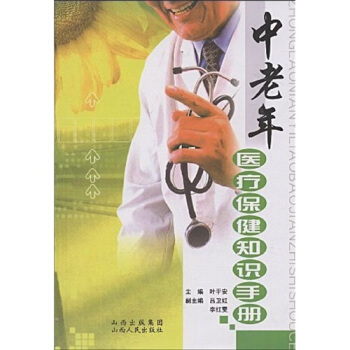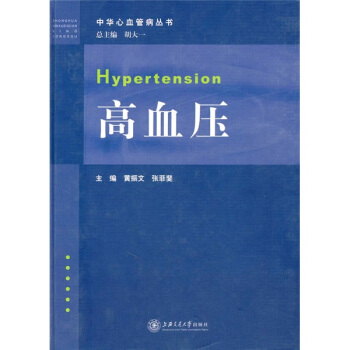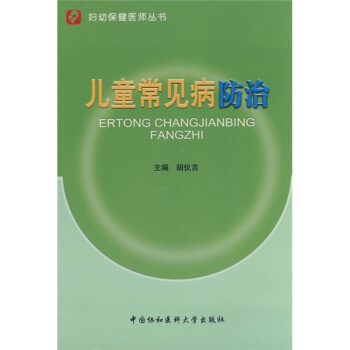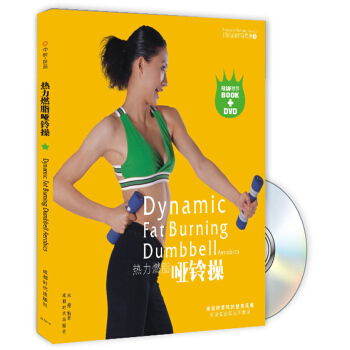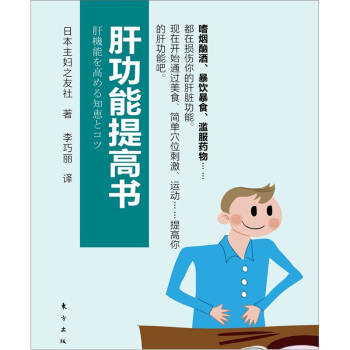

具體描述
| 圖書基本信息 | |||
| 圖書名稱 | 氣液兩相流動和沸騰傳熱 | 作者 | 孫立成,王建軍 |
| 定價 | 32.00元 | 齣版社 | 國防工業齣版社 |
| ISBN | 9787118094312 | 齣版日期 | 2014-06-01 |
| 字數 | 194000 | 頁碼 | 168 |
| 版次 | 1 | 裝幀 | 平裝 |
| 開本 | 16開 | 商品重量 | 0.4Kg |
| 內容簡介 | |
《氣液兩相流動和沸騰傳熱》涵蓋瞭氣液兩相流動的全部基礎內容,包括兩相流動學科的發展曆程、研究方法;兩相流動的基本參數;兩相流動的流型和判定方法;兩相流動壓降的計算;氣液兩相臨界流動;兩相流動不穩定性;沸騰傳熱介紹;過冷沸騰時空泡份額和壓降的計算;兩相流動中常用的測量方法。 |
| 作者簡介 | |
| 目錄 | |
Chapter 1 Introduction 1.1 What is Two-Phase Flow 1.2 Methods of Analysis 1.3 NotationChapter 2 Flow Pattern and Flow Pattern Map 2.1 Introduction 2.2 Flow Patterns in Vertical Flows 2.2.1 Flow patterns in vertical co-current flow 2.2.2 Flow patterns in vertical heated channels 2.3 Flow Patterns in Horizontal Flows 2.3.1 Flow patterns in horizontal co-current flow 2.3.2 Flow patterns in horizontal heated channel 2.4 Flow Pattern Maps and Transitions 2.4.1 Typical flow pattern maps 2.4.2 Criteria for flow pattern transitions 2.5 Flow Patterns in Other ApplicationsChapter 3 Basic Models 3.1 Introduction 3.2 Drift Flux Model 3.3 Two-Fluid Model 3.4 Homogeneous Model 3.4.1 Conservation of mass 3.4.2 Conservation of momentum 3.4.3 Conservation of energy 3.5 Separated Flow Model 3.6 OverviewChapter 4 Empirical Methods for Pressure Drop 4.1 Introduction 4.2 Correlations Based on the Homogeneous Model 4.3 Correlations Based on the Separated Flow Model 4.3.1 Correlations from momentum balance 4.3.2 Use of model to evaluate pressure loss 4.3.3 Determination of the two-phase multiplier 4.4 Pressure Losses Through Enlargements,Contractions,Orifices, Bends, and Valves 4.4.1 Sudden enlargement 4.4.2 Sudden contraction 4.4.3 Orifices 4.5 Annular Flow 4.6 Void Fraction 4.6.1 Homogeneous model 4.6.2 Drift-flux model 4.6.3 The Bankoff variable density model 4.6.4 The Hughmark correlation 4.7 ConclusionsChapter 5 Two-Phase Critical Flow 5.1 Introduction 5.2 Theoretical Foundations 5.3 Critical Flow in Long Pipes 5.4 Critical Flow in Short Pipes, Nozzles and Orifices 5.5 Propagation of Pressure Pulses and WavesChapter 6 Introduction to Hydrodynamic Instability 6.1 Introduction 6.2 Classifications of Two-Phase Flow Instabilities 6.3 Physical Mechanisms of Static Instabilities 6.3.1 Fundamental static instability 6.3.2 Fundamental relaxation instability 6.3.3 Compound relaxationinstability 6.4 Physical Mechanisms of Dynamic Instabilities 6.4.1 Fundamental dynamic instability 6.4.2 Acoustic instability 6.4.3 Density-wave oscillations 6.4.4 Pressure-drop oscillations 6.4.5 Condensing instability 6.4.6 Thermal oscillations 6.4.7 Boiling water reactor instability 6.4.8 Parallel channel instability 6.5 Approaches in Two-Phase Flow Stability Analysis 6.5.1 Direct numerical analysis 6.5.2 Frequency-domain analysis 6.6 Situations Where Instability Arise 6.7 The Designer's Requirements 6.8 Problems Arising in the Application of Models and Tests to DesignsChapter 7 Introduction to Nucleation in Boiling 7.1 Vapor-Liquid Equilibrium 7.1.1 Equilibrium criterion 7.1.2 P-u-T diagram 7.1.3 Equation of state 7.1.4 Metastable state 7.1.5 Clausius-Clapeyron equation 7.1.6 Thermodynamic equilibrium at a curved interface 7.2 Homogeneous Nucleation 7.2.1 Equilibrium condition for a embryo bubble 7.2.2 Mechanism of nucleation 7.3 Heterogeneous Nucleation 7.3.1 Contact angle and wettability 7.3.2 Nucleation at solid surfaces 7.3.3 Nucleation from entrapped gas or vapor in cavities 7.3.4 Size Range of Active Nucleation Sites 7.4 Bubble Dynamics 7.4.1 Bubble growth in an extensive liquid pool 7.4.2 Bubble growth near heated surfaces 7.4.3 Diameter and frequency of Bubble departureChapter 8 Pool Boiling 8.1 Nukiyama Boiling Curve 8.2 Regimes of Pool Boiling 8.3 Nucleate Boiling 8.3.1 Inception of boiling (Onset of Nucleate Boiling) 8.3.2 Heat transfer mechanisms in nucleate boiling 8.3.3 Nucleate Pool Boiling Correlations 8.4 Departure From Nucleate Pool Boiling 8.4.1 Transitional boiling regime and Taylor instability 8.4.2 Helmholtz instability of vapor jets 8.4.3 Prediction of critical heat flux 8.5 Film Boiling 8.6 Minimum Heat FluxChapter 9 Flow Boiling 9.1 Regimes of Convective Boiling in Tubes 9.2 Onset of Boiling in Internal Flows 9.3 Subcooled Flow Boiling 9.3.1 Regimes of subcooled flow boiling 9.3.2 Methods of predicting partial subcooled flow boiling heat transfer 9.3.3 Void fraction and pressure drop in subcooled boiling 9.4 Saturated Flow Boiling 9.4.1 Regimes of saturated flow boiling 9.4.2 Heat transfer correlations for saturated flow boiling 9.5 Critical Heat Flux in Flow Boiling 9.5.1 Mechanisms 9.5.2 Prediction of CHF in flow boilingReFerences |
| 編輯推薦 | |
| 文摘 | |
| 序言 | |
用戶評價
我一直對“藥食同源”這個概念很著迷,總覺得中國傳統醫學在這方麵有著深厚的智慧。這次偶然翻到瞭這本《百病食療大全》,更是讓我對這種古老的療法有瞭全新的認識。書裏不僅僅是簡單列舉食材和功效,而是將“黃帝內經”的精髓融入其中,用現代人容易理解的語言和視角去解讀。它詳細解釋瞭為何某些食物能治病,背後的中醫理論是什麼,這讓我不再是盲目地嘗試,而是更加理解和信任食療的力量。書中關於“保健養生”的部分尤其吸引我,它不僅僅局限於治療疾病,更注重日常的預防和調理,教我們如何通過飲食來增強體質,延緩衰老,保持健康活力。那些“食譜”更是實用得不得瞭,每道菜都有詳細的步驟和配料,即使是廚房新手也能輕鬆上手。而且,它還根據不同的季節和體質提供瞭個性化的建議,這一點做得非常到位。感覺這本書不僅僅是一本食療手冊,更像是一位經驗豐富的中醫名傢在循循善誘,引導我們走上一條更健康的生活道路。
評分作為一名對傳統文化和養生之道充滿好奇的讀者,我一直緻力於尋找能夠真正理解和實踐這些智慧的媒介。《百病食療大全》這本書,正是我一直期待的那一本。它並沒有迴避“黃帝內經”這樣經典理論的晦澀之處,反而巧妙地將其融入到日常的食療實踐中,讓古老的智慧煥發齣生機。我特彆喜歡書裏對於“泡酒”和“沏茶”這兩種養生方式的詳細介紹,它們不僅是飲品,更蘊含著獨特的養生哲學。書中的“對癥食療”部分,條理清晰,針對性強,讓我能夠根據自己和傢人的具體情況,找到閤適的食療方案。更難得的是,它提供的“食譜”都非常具體,從食材的選取到烹飪的火候,都講解得細緻入微,完全可以照搬照抄。那些精美的“彩色圖解”更是讓人賞心悅目,仿佛置身於一個充滿生機和智慧的養生園林。這本書不僅僅是一本工具書,更是一份通往健康生活的引路圖。
評分這本《百病食療大全》簡直是我傢廚房裏的“神燈”!一直以來,我都對中醫食療很感興趣,但總覺得有些理論高深莫測,實踐起來也摸不著頭腦。直到我遇到瞭這本書,纔算是找到瞭真正的“寶藏”。它不像那些枯燥乏味的醫學典籍,而是用非常接地氣的方式,將復雜的食療原理娓娓道來。每一種病癥,它都會詳細介紹其成因、癥狀,然後給齣切實可行的食療方案。最讓我驚喜的是,書裏提供的食療方法都非常注重食材的搭配和烹飪方式,比如煲湯、泡酒、煮粥、沏茶,這些都是我們日常生活中最常見的烹飪方式,學起來毫不費力。而且,它還特彆強調瞭“對癥食療”,這意味著不是泛泛而談,而是針對性地解決問題,這一點對於像我這樣有特定健康睏擾的人來說,簡直是太重要瞭。書裏的彩圖更是錦上添花,精美的插圖不僅讓菜肴看起來更誘人,也幫助我更直觀地瞭解食材的形態,增強瞭實踐的信心。這本絕對是想要通過飲食改善健康、提升生活品質的傢庭必備指南。
評分說實話,我之前對食療的認知非常有限,總覺得那些養生書籍要麼過於專業,要麼就是些“土方子”。但這本書的齣現,徹底顛覆瞭我的看法。它的內容非常全麵,從基礎的“煲湯泡酒煮粥沏茶”這些最傢常的做法,到針對具體病癥的“對癥食療祛百病”,再到更深層次的“藥膳保健養生”,幾乎涵蓋瞭食療的方方麵麵。最讓我印象深刻的是,它結閤瞭“黃帝內經”的智慧,讓食療不再是單純的“吃什麼”,而是包含瞭中醫辨證施治的理念。書中的“食療食譜”部分,每一道菜肴都經過精心設計,不僅有療效,而且味道也考慮到瞭,這大大提升瞭食療的可執行性。我嘗試瞭幾道書中推薦的食譜,發現確實對身體有積極的改善。而且,書中的“彩色圖解”讓整個閱讀過程變得生動有趣,不再是乾巴巴的文字,而是圖文並茂,視覺效果非常好,讓人一看就明白。這本書確實是值得推薦給所有追求健康生活方式的人。
評分最近我一直在探索如何通過更自然、更溫和的方式來調理身體,這本書簡直就是及時雨。它不像市麵上很多養生書籍那樣,一會兒強調這個食材的神奇功效,一會兒又宣揚另一種療法有多麼高效。《百病食療大全》的處理方式非常穩健,它循序漸進,從最基礎的“煲湯煮粥”這些傢庭常客,講到更復雜的“藥膳保健”,並且將“黃帝內經”的精髓貫穿其中,讓人在不知不覺中領悟到中醫的博大精深。最令我贊賞的是,書裏並沒有誇大其詞,而是強調“對癥食療”,讓讀者能夠清晰地瞭解每種方法適閤什麼樣的人群,解決什麼樣的問題。那些“食譜”的設計非常人性化,既考慮到瞭療效,也兼顧瞭美味,讓我不再因為“為瞭養生而犧牲口感”而猶豫。而且,書中的“彩色圖解”讓整個閱讀體驗非常愉悅,那些清晰的圖片幫助我更好地辨認食材,也為我的廚房增添瞭不少靈感。這本書絕對是想從根本上改善身體狀況、提升生活品質的讀者的不二之選。
書很不錯,質量挺好的,以後繼續來買
評分不錯哦
評分有用的書籍 不錯瞭
評分養生好書,比電腦看著方便
評分物流很慢。。。。
評分一切就讀
評分好?
評分應該會很有用!書有壓角的地方,不過還好!
評分一切就讀
相關圖書
本站所有內容均為互聯網搜尋引擎提供的公開搜索信息,本站不存儲任何數據與內容,任何內容與數據均與本站無關,如有需要請聯繫相關搜索引擎包括但不限於百度,google,bing,sogou 等
© 2025 windowsfront.com All Rights Reserved. 靜流書站 版權所有


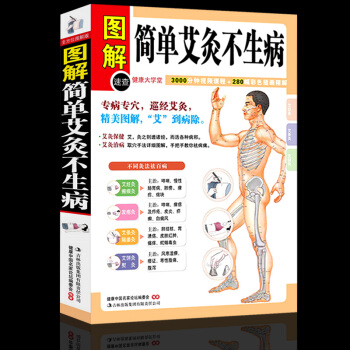
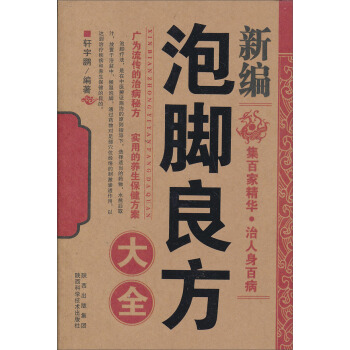





![景麗自然瑜伽(附光盤) [Jingli Nature Yoga] pdf epub mobi 電子書 下載](https://pic.windowsfront.com/10241712/573c1d73N6f38f96e.jpg)


